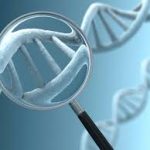Genetics of CLS

Coffin–Lowry syndrome is an X-linked disorder resulting from loss-of-function mutations in the RPS6KA3 gene, which encodes RSK2 (ribosomal S6 kinase 2). Multiple mutations have been identified in RPS6KA3 that can give rise to the disorder, including missense mutations, nonsense mutations, insertions and deletions. Individuals with CLS rarely have affected parents, suggesting that most incidents arise from de novo mutations in the germline.
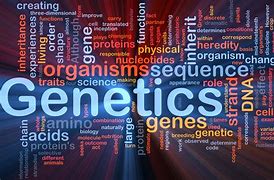
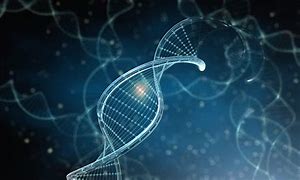
The lack of an inheritance pattern may be due to the fact that affected individuals are unlikely to parent children. In 20–30% of cases, however, there is a family history of disease. In these cases, the disorder is typically inherited from the maternal parent. Because RPS6KA3 is located on the X chromosome, males (who possess only one copy of the X chromosome) display more severe symptoms than females. Affected females usually possess one mutated copy of the RPS6KA3 gene and one wild type copy. Random inactivation of one copy of the X chromosome in females mitigates the impact of possessing a mutant allele. Occasionally females are born with two mutated alleles. In these cases the symptoms could be as severe as in males with the disorder.
Mutation in the RPS6KA3 Gene: A Key Culprit
CLS is primarily caused by mutations in the ribosomal protein S6 kinase alpha-3 (RPS6KA3) gene, located on the X chromosome. This gene encodes a serine/threonine kinase involved in intracellular signaling pathways.
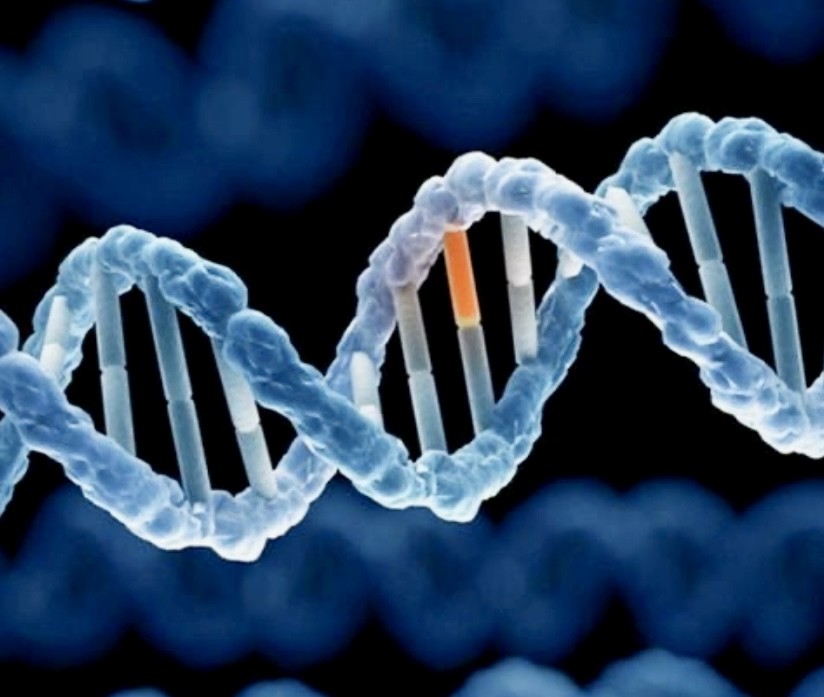
The RPS6KA3 protein plays a critical role in regulating cell growth, differentiation, and survival. Mutations disrupt its function, leading to the characteristic features of CLS.
Example: A missense mutation in RPS6KA3 alters the kinase domain, impairing its ability to phosphorylate downstream targets. Dysregulated signaling cascades contribute to the clinical manifestations of CLS. [1]
X-Linked Inheritance and Manifestation in Males and Females
CLS follows an X-linked dominant inheritance pattern. This means that the gene responsible for the syndrome is located on the X chromosome, and a single copy of the mutated gene is sufficient to cause the disorder. Affected individuals typically have one mutated RPS6KA3 allele and one normal allele.
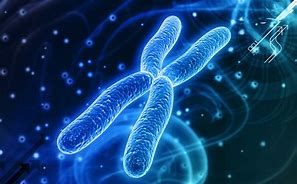
Males: Since they have only one X chromosome, a single mutated allele results in CLS. Symptoms are more severe in males due to the lack of a compensating normal allele.
Females: Heterozygous females carry one mutated and one normal allele. They exhibit variable expressivity, with some showing mild features or being asymptomatic carriers. If a mother carries the mutated gene (heterozygous) on one of her X chromosomes, there’s a 50% chance she’ll pass it on to her offspring—regardless of the child’s sex. Imagine a mother (with one normal X chromosome and one mutated X chromosome) has a son. The son inherits either the normal X or the mutated X from his mother. If he inherits the mutated X, he’ll develop CLS. A female carrier may have subtle learning difficulties or exhibit facial features reminiscent of CLS without significant intellectual disability.
CLS exhibits variable expressivity, meaning that affected individuals may display a wide range of symptoms and severity.
Factors like modifier genes, environmental influences, and stochastic events contribute to this variability.
Example: Two siblings with CLS—one may have severe intellectual disability, while the other may have milder cognitive impairment. These differences arise due to the interplay of other genetic factors. [1]
Somatic Mosaicism and Phenotypic Variability
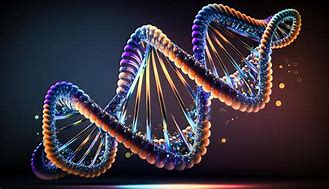
Somatic mosaicism occurs when a mutation arises during embryonic development, affecting only a subset of cells. Mosaicism is when an individual has a mixture of cells with different genetic makeup. In CLS, somatic mosaicism can lead to phenotypic variability and can have a combination of cells with the mutated gene and cells with the normal gene.
Example 1: A mosaic female with CLS may have patches of skin with characteristic features (e.g., coarse facies, thickened lips) due to the presence of both normal and mutated cells.
Example 2: A mosaic male with a somatic mutation in RPS6KA3 may present with milder features, as only a fraction of cells carry the mutation. Conversely, a non-mosaic male with the same mutation would have more pronounced symptoms. [1]
De Novo Mutations and Recurrence Risk
Approximately two-thirds of CLS cases result from de novo mutations—meaning the mutation occurs spontaneously during gametogenesis (sperm or egg formation) or early embryonic development. These de novo mutations lead to a fresh mutation in the affected individual, even if their parents don’t carry the mutated gene. A child with CLS whose parents are unaffected often points to a de novo mutation.
Recurrence risk for unaffected parents of an affected child is low, as the mutation is unlikely to recur in subsequent pregnancies.
Example: A family with a child diagnosed with CLS due to a de novo mutation can be reassured that the risk of having another affected child is minimal. [1]
Genotype-Phenotype Correlations
The type and location of RPS6KA3 mutations correlate with the severity of CLS features. Researchers have identified specific mutations in the RPS6KA3 gene (located on the X chromosome) associated with CLS. Different mutations can result in varying clinical presentations. Some mutations lead to more severe intellectual disability, while others cause milder forms.

Example 1: A missense mutation affecting a critical functional domain of RPS6KA3 may result in severe CLS, whereas a non-sense mutation may lead to a milder phenotype.
Truncating mutations: Associated with more severe intellectual disability, skeletal abnormalities, and facial dysmorphisms.
Missense mutations: May result in milder phenotypes.
Example 2: A nonsense mutation causing premature protein truncation leads to a classic CLS phenotype, while a missense mutation affecting a less critical domain may yield a milder presentation of characteristics.
In summary, the genetic basis of Coffin-Lowry Syndrome revolves around the RPS6KA3 gene, X-linked inheritance, somatic mosaicism, and genotype-phenotype correlations. By unraveling these complexities, researchers aim to develop targeted therapies and improve the quality of life for individuals affected by CLS. [1]
Genetic Counseling
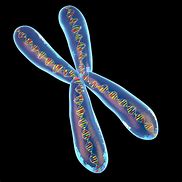
Families with a history of CLS benefit from genetic counseling. Genetic counselors assess recurrence risks, discuss inheritance patterns, and provide emotional support. Also see X-Linked Inheritance and Manifestation in Males and Females above.
Example: A couple planning to have children can learn about the likelihood of passing on the mutated gene and make informed decisions.
In summary, the inheritance patterns of CLS are multifaceted, involving X-linked dominance, variable expressivity, mosaicism, de novo mutations, and genotype-phenotype correlations. Understanding these intricacies empowers families and clinicians to navigate the genetic landscape with clarity and compassion. Remember, genetics is like a complex puzzle—each piece contributes to the whole, revealing the portrait of Coffin-Lowry Syndrome. [1]
References
[1] RPS6KA3-Related Intellectual Disability – PubMed (nih.gov) Rogers RC, Abidi FE, 2002 Jul 16. Updated Mar 2023


